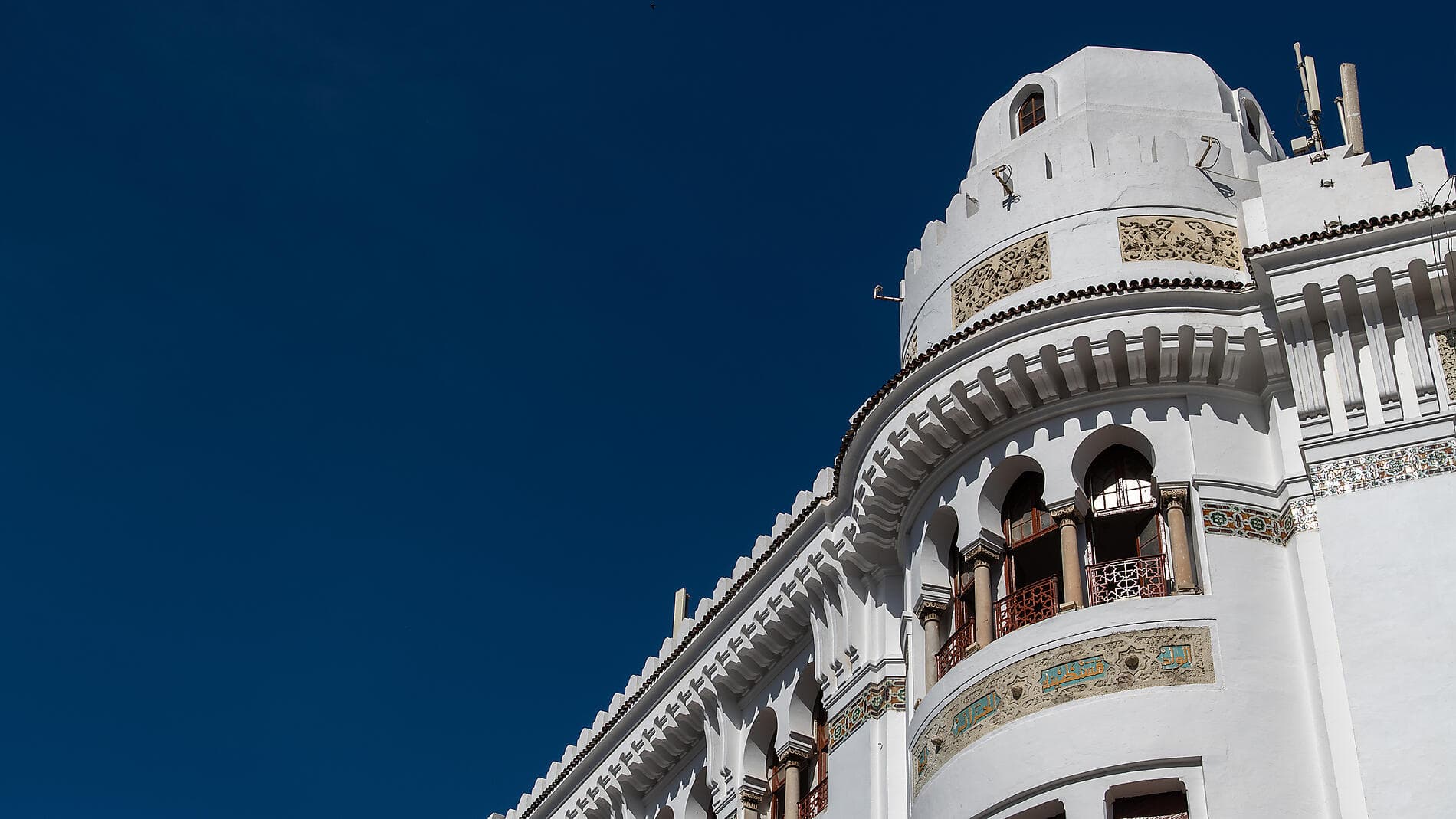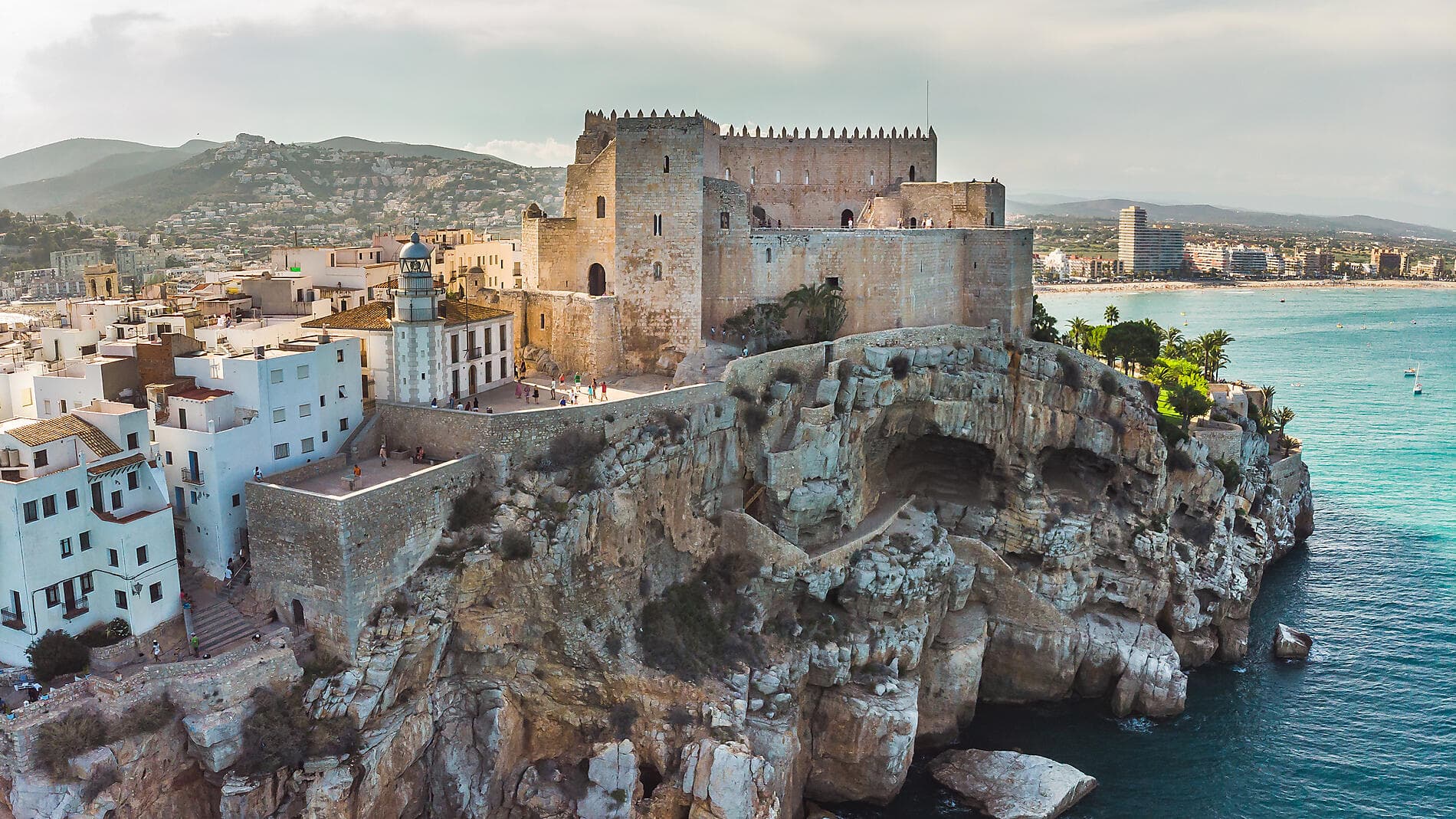The Iberian Peninsula
Discover the destination
Why the Iberian Peninsula?
19 cruises in Iberian Peninsula
From
Lisbon (Portugal)
To
Barcelona (Spain)
10 nightsaboard the shipLe Champlain
Next departure
Offer(s)
Back to back offer, No single supplement, Christmas offer 2025, PONANT Bonus 25%
From
6,500 € /person*
Cruising Southern Spain and Portugal – with Smithsonian Journeys
From
Barcelona (Spain)
To
Lisbon (Portugal)
7 nightsaboard the shipLe Boréal
Next departures
From
Valletta (Malta)
To
Málaga (Spain)
9 nightsaboard the shipLe Champlain
Next departures
From
Las Palmas de Gran Canaria, Canary Islands (Spain)
To
Málaga (Spain)
10 nightsaboard the shipLe Dumont d'Urville
Next departure
From
Málaga (Spain)
To
Valletta (Malta)
9 nightsaboard the shipLe Dumont d'Urville
Next departure
From
Málaga (Spain)
To
Barcelona (Spain)
8 nightsaboard the shipL'Austral
Next departure
Cruising from Morocco to Spain’s Andalusian Coast – with Smithsonian Journeys
From
Casablanca (Morocco)
To
Lisbon (Portugal)
7 nightsaboard the shipLe Boréal
Next departure
From
Barcelona (Spain)
To
Barcelona (Spain)
7 nightsaboard the shipL'Austral
Next departure
Gastronomic Journey Through Iberian Coasts
From
Lisbon (Portugal)
To
Barcelona (Spain)
7 nightsaboard the shipLe Boréal
Next departure
From
Barcelona (Spain)
To
Nice (France)
5 nightsaboard the shipLe Boréal
Next departure
From
Nice (France)
To
Málaga (Spain)
7 nightsaboard the shipLe Boréal
Next departure
From
Málaga (Spain)
To
Lisbon (Portugal)
7 nightsaboard the shipLe Boréal
Next departure
*Price is per person, based on double occupancy, based on availability, and subject to change at any time. The category of stateroom to which this price applies may no longer be available.
See all cruises in the Mediterranean
Explore

More inspiration
Upcoming departures, new experiences, interviews, exploration or scouting stories... All brochures can be ordered or downloaded in digital format.
























